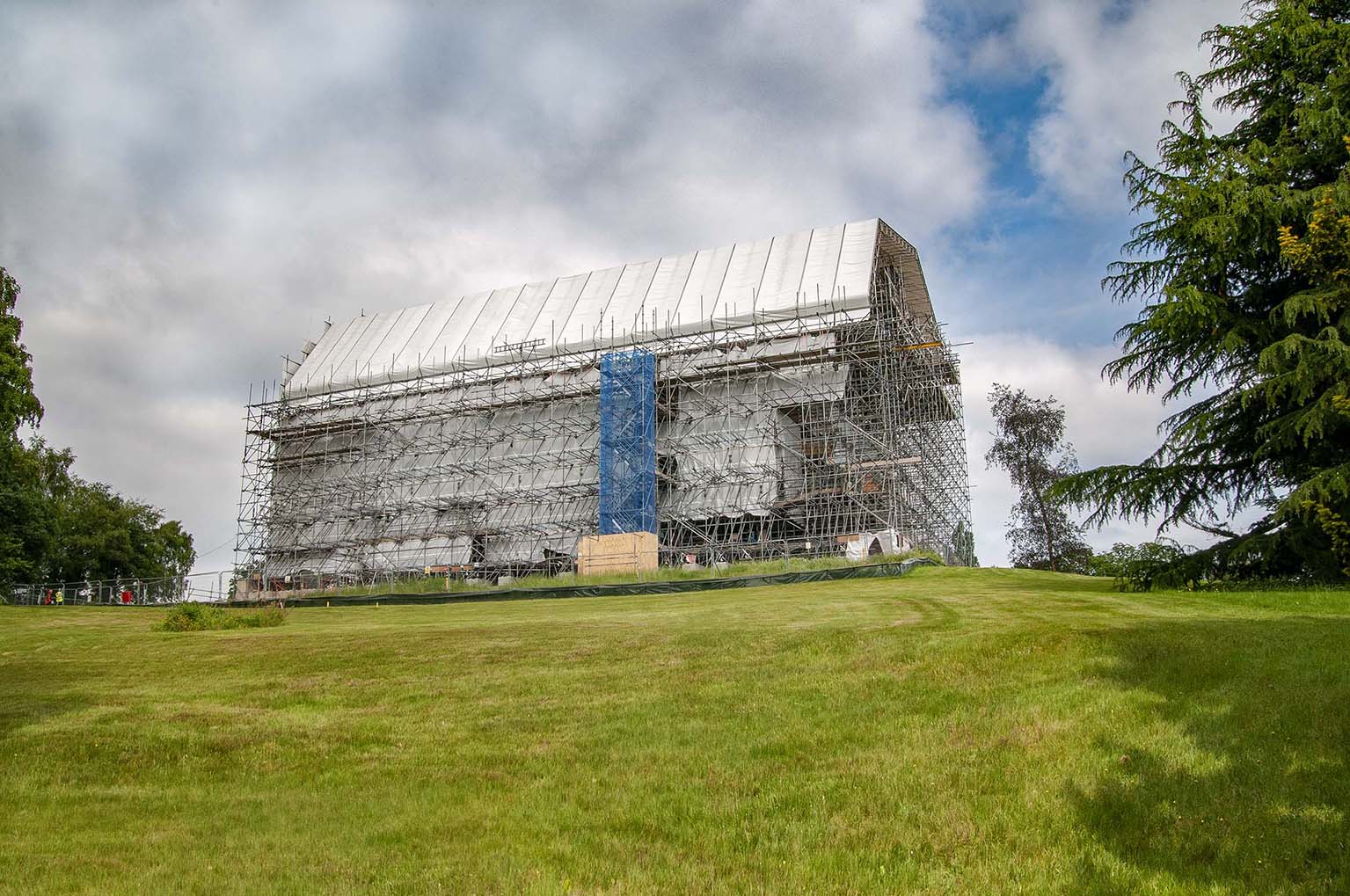England’s rich history is told by our built environment. In the past, we may have chosen to replace ‘outdated’ buildings, or we may have neglected older properties in the quest for something more contemporary. But as a nation, we have now returned to respecting and valuing the buildings that articulate our past.
From national treasures, such as the Royal Naval College at Greenwich, through to less celebrated examples of great British architecture, such as Athlone House, Millcroft has played a key role in preserving that heritage. It’s a specialist part of what we do, often requiring painstaking engineering expertise from our in-house design team.
The role of the scaffolding solutions we provide for the heritage sector is complex. We must provide sufficient access for construction and conservation teams to do their work, which often involves multiple adaptations throughout the lifecycle of the project. Our remit also includes ensuring the safety of all on site or close to it, including construction and conservation teams, our own personnel and the general public. Indeed, sometimes, such at when we provided the scaffolding required for restoration of the Painted Hall at The Royal Naval College, we may even need to provide safe access for the public to showcase the project or enable people to continue their normal routines. Finally, we must also protect the structure itself, contributing to the conservation effort and, in our own version of the Hippocratic Oath, “doing no harm”.
Understanding the Brief
The key to delivering the right solution across all these criteria on a heritage sector brief – whether the project involves conservation, repairs or refurbishment – is to fully understand what’s expected and what’s involved.
Our aim is to engage effectively with the client to get under the skin of the project, including the proposed programme, any mission critical risk management and conservation goals and the structural vulnerabilities of the building. Our team also spend time on site, so that they can ask questions and understand the particular challenges of the structure and location.
We work closely with the client’s team, including the structural engineer who will carry out the analysis of the existing structure. Our design team works with their calculations to engineer the right solution. The data used to ensure the finished design is both safe and fit-for-purpose often includes a diverse range of factors, such as wind loading, the height of the site and the average snow loadings for different times of year.
Even after an order has been placed with us, design development continues to make sure the scaffolding meets the access needs of all trades on site, which often evolve during the programme, leading to both planned and ad hoc adaptations. For complex and extended programmes, such as Athlone House - the transformation of a derelict 19th century mansion into a 21st century luxury home – we may even appoint an experienced member of the team to be based permanently on site for the duration of the project. In this way, we can respond in real time to the requirements of the project and the various teams using the scaffold, while ensuring the highest standards of safety.
Protecting the Asset
Many of the heritage sector projects we undertake are delicate or structurally unstable, which means we have to be particularly mindful of how we design the scaffolding to provide safe access without the risk of damaging the structure.
Athlone House provides an excellent example of how we approach these challenges. The extensive scaffold was designed to be free-standing with the use of Kentledge blocks, ensuring it did not put any pressure on the structure at any point. For other projects, we may use raking shores, nipping the front of the façade with pads and screws and creating access while using the scaffold to help support the structure.
Collaboration with the other delivery partners is critical to delivering the right approach, along with first-hand knowledge of the structure from site surveys and the engineering expertise of our in-house design team.
Flexible Programme
Collaboration is also a critical success factor in planning how we install and strike the scaffold to ensure we meet both safety and programme requirements. For Athlone House, sequencing of the installation had to be carefully managed to address the challenges of both the delicate structure and the exposed location. The temporary roof was built in sections and rolled out over the scaffold in a sequence planned to manage the risk of wind uplift.
Flexibility is always built into the programme to enable us to work around times when it is not safe to work – due to wind, glare or heavy rain, for example – and other preparatory activities are carried out during these times to keep the schedule on track.
Ultimately, experience matters when it comes to protecting our historic built environment and leveraging that expertise as early as possible in the programme development process optimises safety, risk management and efficient project delivery. At Millcroft, we don’t just answer the brief, we advise on it, which enables the best possible outcomes for the project, the built asset and all those on site.

